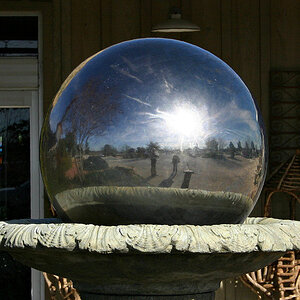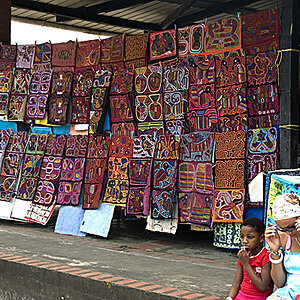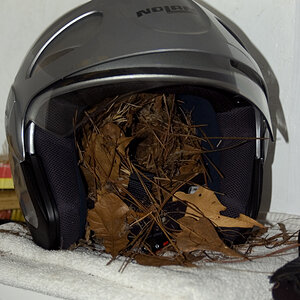Hi again folks, another quick question I've been thinking about...
What is the most commonly used film for 35mm SLR cams? I know theres so many different types within the 35mm range I'm not entirely sure what to pick.
If I want to take black and white pictures, will this work a lot better with b&w film rather than post editing afterwards, and again, any recommendations for this type?
Are any makes noticeably better etc?
What is the most commonly used film for 35mm SLR cams? I know theres so many different types within the 35mm range I'm not entirely sure what to pick.
If I want to take black and white pictures, will this work a lot better with b&w film rather than post editing afterwards, and again, any recommendations for this type?
Are any makes noticeably better etc?






![[No title]](/data/xfmg/thumbnail/42/42469-20c0ef5882a1e31d6172f182d8e90cf2.jpg?1619740193)
![[No title]](/data/xfmg/thumbnail/33/33906-2f9b24e4b1e1be07f68257916df0f2b3.jpg?1619736208)

![[No title]](/data/xfmg/thumbnail/41/41423-156eb6e5a056cd1cbcf60e12a03f9d56.jpg?1619739809)
![[No title]](/data/xfmg/thumbnail/36/36393-86ce601930c671b92b6df002b7fcbd0b.jpg?1619737548)

![[No title]](/data/xfmg/thumbnail/42/42272-c0d91b9d0872bcdfbcdfb5bb0529e302.jpg?1619740081)
![[No title]](/data/xfmg/thumbnail/42/42472-9229a7111196e5db141ab82c04a4ba48.jpg?1619740193)
